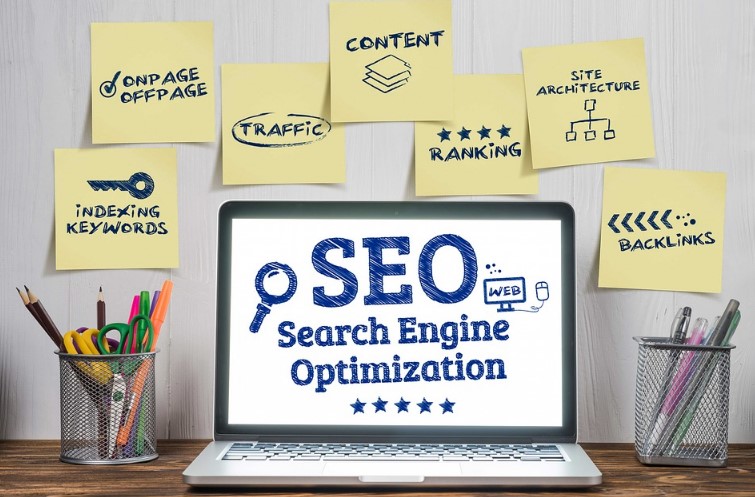What is SEO? Search Engine Optimization In Plain English
SEO generally works to improve the overall user experience and ultimately increases the quality and quantity of website traffic to a page of website or webpage. A keyword is a phrase, such as a name, a company, a geographic location, an activity or a topic. A website has one or more keywords associated with it. SEO focuses on optimizing the search engine results page (SERP) so that search engines are more likely to show websites or webpages that use the keywords a website is ranking for.
Keywords are administrative elements issued by search engines such as web spiders, bots, accessed by users providing web atlases to search engines, and crawling systems. For purposes of SEO (https://www.optimizacijaspletnihstrani.com/), these keyword elements have varying levels of importance and specificity.Successful keyword management efforts are based on understanding website visitor demand — and anticipating it — so that keyword relevant websites and webpages are chosen to display on the SERP more often. Keywords also include a phrase list that includes related keywords for timely query matching within the SEO context, but it is not critical to ensure successful website optimization. The keyword priorities list, developed by the Google web masters and released in 2013, is a more critical usability management tool for keyword priorities.
Google search prioritization occurs over time and as a website (or web page) ranks higher on the SERP as users interact with it and more websites or webpages are indexed by the engines, the algorithm periodically adjusts search priorities based on this. These changes — known as crawling — occur on a daily/weekly/hourly/daily basis to maintain consistency with search engine mandates, and to optimize relevance for people. Google web masters also create priority lists for each region and country and develop and maintain these priority lists to prevent duplicate or inefficient web experiences for individual users, thus reducing global search volumes.

SEO tactics are technical processes used to improve the website’s overall searchability and relevance. Keywords are important thing to target when creating content to improve the user experience, but they aren’t the only factor used to select target keywords for your website. Other tactics target the overall content created by a site, such as the website content layout, content organization, and overall completion or user experience. As with other aspects of site or webpage content, content quality and relevancy is influenced by the following:
Webmasters are using web keywords strategically when creating content and constructing web pages to improve the user experience for website visitors. Increasingly, specialized keywords are even being employed to identify user needs and uncover user intent, though not all keywords’ results will be suitable for individual site visitors.
SEO ideas and techniques can range from optimizing the content and appearance of your website and its organization’s content to IT and data technologies and optimizing marketing practices to attract and retain customers to your online business’ website. As an area of content marketing, SEO helps you communicate with your audience and connect with them as needed, avoid confusion, improve your professional image and credibility, and gain leads and sales. Organizations can manage and adjust their content to meet the various audiences and requirements. SEO content includes everything from SEO copywriting, website architecture/design, keyword research and positioning, content reviews, and online video, among others.
Marketing is one of the most important parts of any business. The Internet can be a highly competitive field, and the competitive landscape increases with the prevalence of recent technology advancements. SEO increases the probability that your website will be seen by the correct people. Low-quality websites can greatly reduce your brand’s credibility and makes it harder for your organization to become useful to potential customers.
Google uses your web content to influence your ranking in search results. This results in visible traffic and higher Google ranking. Based on search engine optimization (SEO), your website’s web content influences Google’s algorithm and can also affect the search results.
To optimize your website for Google’s search engine, you can include content like headlines, text description, and SEO-friendly keywords. Opt for keywords that are specific to the topic of your content, but those that are relevant to the audience and search query you are targeting. It’s important to share a variety of keywords to ensure they are relevant and rank for your topic. To improve your website’s appearance and user experience, you’ll want to include images, videos, and other multimedia content. As well as headline and body copy, include a list of images and videos, alongside a brief description of each image. Due to their high adoption by search engines, images are a crucial SEO factor. You may wish to use a blog to share writing on related or related topics from the internet, as well as other blog or website page examples.
